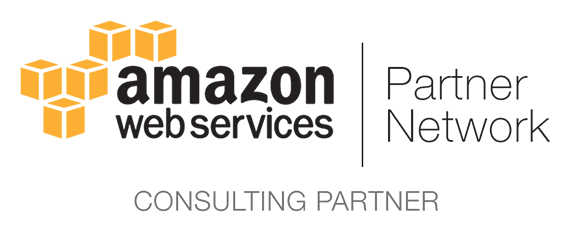If you’re entering the realm of Learning Management Systems (LMS), you might feel a bit inundated by the many choices available. Whether you’re developing your own platform or selecting one for your institution, there are key features that can significantly impact your LMS experience. Let’s take a look at the 10 essential features that will ensure your LMS thrives!
1. User-Friendly Interface
Why It’s Important:
First impressions matter! A user-friendly interface is crucial for both learners and instructors. If your LMS is confusing or cluttered, users will quickly lose interest.
What to Look For:
Intuitive navigation
Clear menus and icons
Simple layouts that prioritize content
2. Mobile Compatibility
Why It’s Important:
In today’s fast-paced world, learners want access to their courses on the go. A mobile-friendly LMS allows users to learn anytime, anywhere.
What to Look For:
Responsive design that adapts to various screen sizes
Mobile app availability for offline access
Easy navigation on mobile devices
3. Customizable Learning Paths
Why It’s Important:
Every learner is unique, and a one-size-fits-all approach doesn’t cut it. Customizable learning paths allow users to progress at their own pace and focus on areas that interest them.
What to Look For:
Options to create personalized course sequences
Ability to set prerequisites for advanced courses
Tools for tracking individual learner progress
4. Assessment and Analytics Tools
Why It’s Important:
To measure learning outcomes and engagement, robust assessment tools are essential. They
help educators track progress and identify areas for improvement.
What to Look For:
Various assessment types (quizzes, assignments, projects)
Automated grading and feedback options
Detailed analytics dashboards for both learners and instructors
5. Communication Features
Why It’s Important:
Learning isn’t just about content; it’s about connection. Strong communication features foster collaboration between instructors and students.
What to Look For:
Messaging systems for direct communication
Discussion forums or boards for group interaction
Integration with email or calendar tools
6. Content Management Capabilities
Why It’s Important:
Your LMS should support various types of content—videos, documents, interactive modules, and more. This variety keeps learners engaged and accommodates different learning styles.
What to Look For:
Support for multiple file formats
Easy uploading and organizing of materials
Integration with external content sources (like YouTube or Google Drive)
7. Certification and Reporting Tools
Why It’s Important:
For many organizations, tracking completion and performance is key. Certification features can provide tangible proof of achievement, which is motivating for learners.
What to Look For:
Automatic generation of certificates upon course completion
Detailed reporting on user progress and performance
Export options for easy sharing of reports
8. Integration Capabilities
Why It’s Important:
Your LMS shouldn’t work in isolation. Integration with other tools and platforms (like HR systems, CRMs, or collaboration tools) can enhance its functionality and streamline processes.
What to Look For:
APIs or built-in connectors for popular software
Single sign-on (SSO) capabilities for easier access
Seamless data transfer between systems
9. Gamification Features
Why It’s Important:
Gamification can make learning more engaging and fun! By adding game-like elements, you can boost motivation and encourage friendly competition.
What to Look For:
Badges, leaderboards, and rewards for achievements
Interactive quizzes and challenges
Progress tracking that highlights accomplishments
10. Strong Support and Community Resources
Why It’s Important:
Even the best LMS can run into issues. Reliable support and a community of users can help you troubleshoot problems and maximize your platform’s potential.
What to Look For:
Accessible customer support channels (chat, email, phone)
Comprehensive user guides and tutorials
Active user community or forums for sharing tips and resources
Conclusion: Choose Wisely!
When selecting or developing an LMS, keep these 10 must-have features in mind. A successful platform is one that not only meets your organizational needs but also enhances the learning experience for users. With the right features in place, you can create an engaging and effective learning environment that empowers both educators and learners.
What features do you think are essential for an LMS? Have you had experiences with specific platforms? I’d love to hear your thoughts in the comments! Let’s make learning better together!






